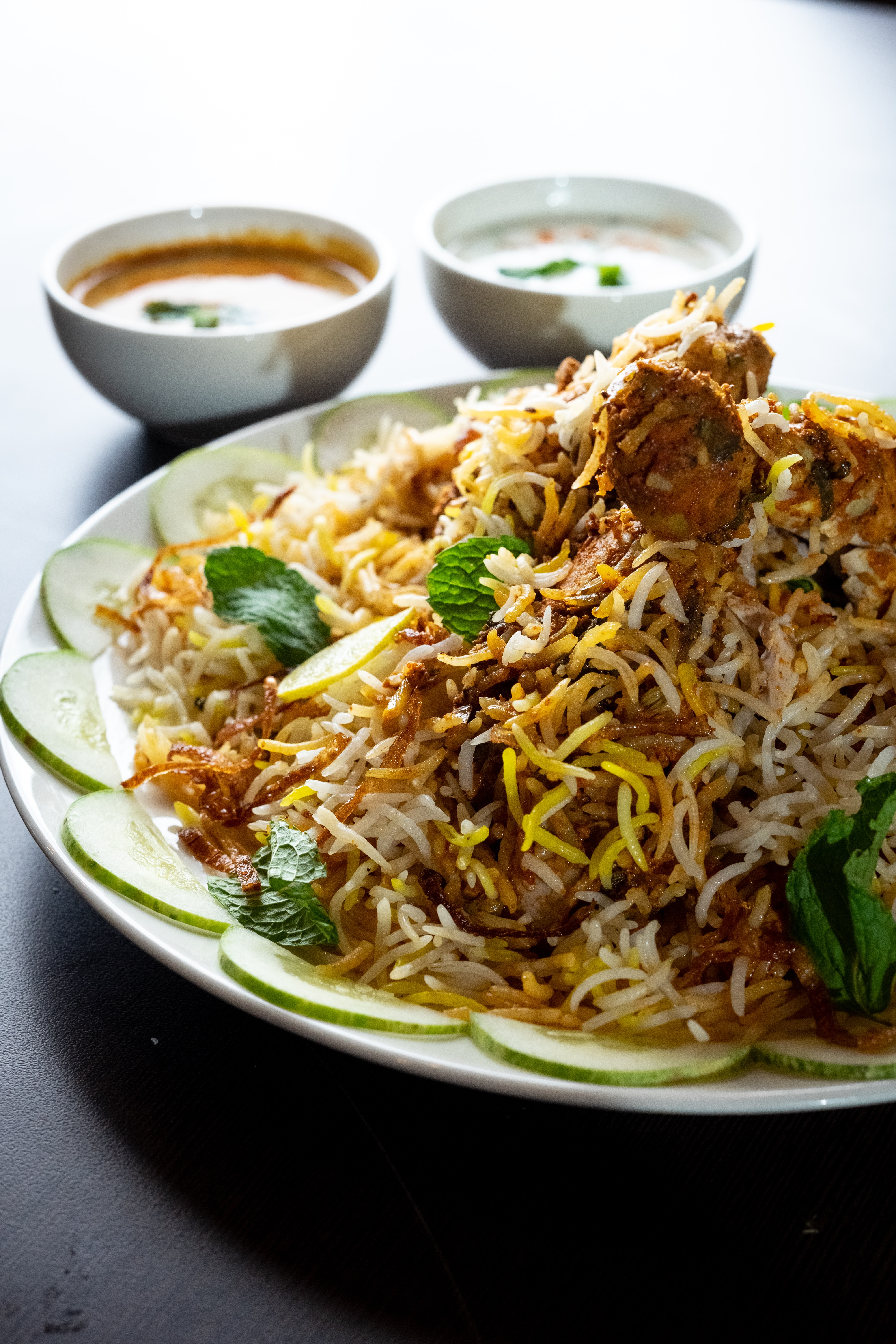If you enjoy South Asian food, you might be curious in the differences between Sri Lankan and Indian cuisine. Both cuisines have strong cultural and historical influences, yet there are clear distinctions in the ingredients and cooking techniques. We’ll delve into the distinctive elements of Indian and Sri Lankan cuisine in this blog article and examine their differences.
The use of spices and cooking techniques is the primary distinction between Sri Lankan and Indian cuisine. Cumin, turmeric, coriander, ginger, and cardamom are just a few of the many spices that are frequently employed in Indian cuisine to give dishes their distinct flavor profiles. Additionally, a variety of herbs, vegetables, and cooking methods, like tandoori and biryani, are used in Indian cuisine.
On the other side, Sri Lankan food often uses fewer spices but in higher quantities. Curry leaves and coconut milk, which are less frequently used in Indian food, are frequently employed in Sri Lankan cuisines. In addition, due to the usage of chili powder, mustard seeds, and other spices, Sri Lankan cuisine is often hotter and spicier than Indian cuisine.
The culture, religion, and historical context of each country have a significant impact on both cuisines. While Sri Lankan food has been impacted by its history of colonization and commerce, Indian cuisine has a lengthy history and several regional variants.
Biryani, tikka masala, dosa, and samosas are some popular Indian cuisines, whereas kottu roti, dhal curry, and hoppers are some famous Sri Lankan foods.

Are There Different Types Of Indian Foods?
Indian cuisine comes in a variety of forms that vary by area, culture, and religion. Each Indian state has an own culinary style, and Indian cuisine is a rich and complex fusion of regional and religious elements. Indian cuisine comes in a variety of flavors, including:
- The rich, creamy gravies and extensive use of butter, ghee, and cream are hallmarks of North Indian cuisine. Popular foods in this region include dal makhani, palak paneer, and butter chicken.
- The utilization of coconut, tamarind, a variety of lentils, and vegetables make up South Indian cuisine. In this region, dishes like dosa, idli, and sambar are popular.
- The use of mustard oil and a range of fish and shellfish are characteristics of East Indian cuisine. Popular dishes in this area include machher jhol and bhetki paturi.
- A variety of seafood, coconut, and spices are used in West Indian cuisine. Popular foods in this region include sorpotel, xacuti, and vindaloo.
- Indian street cuisine comes in a vast range, with each area having its own delicacies. Vada pav, chaat, samosas, and kachoris are a few examples of popular street cuisine.
- Rich, creamy dishes with a significant nut and dried fruit presence are hallmarks of Mughlai cuisine. In this region, dishes like kebab and biryani are popular.
- Awadhi cuisine: This style of cooking is distinguished by its use of a wide range of spices and its rich, slowly cooked meat dishes. In this region, dishes like kofta and biryani are well-liked.
There are many more regional and cultural variants and influences in Indian food than are included in this list.

Are There Different Types Of Sri Lankan Foods?
Similar to Indian cuisine, Sri Lankan cuisine has regional specialties that are consumed throughout the nation; some of these regions are mentioned below;
- Seafood cuisine is particularly well-known in the city of Negombo in the north-western region of Sri Lanka. A range of seafood dishes, including fish curry, crab curry, and prawn fry, are available here.
- Traditional rice and curry meals are popular in the southern region, especially in the cities of Matara and Galle. A variety of curries, frequently eaten with steaming rice, are available here and are cooked with vegetables, meat, and fish.
- Traditional Tamil and Sinhalese food is popular in the hill area, especially in the cities of Kandy and Nuwara Eliya. Various curries and stews cooked with vegetables, meat, and fish may be found here, along with traditional desserts made with jaggery and coconut milk.
- The seafood and traditional Tamil cuisine of the eastern region are well-known, especially in the cities of Trincomalee and Batticaloa. Various seafood delicacies, including fish curry, crab curry, and prawn fry, as well as classic Tamil meals like idiyappam and string hoppers, may be found here.
- The western province is renowned for its authentic street food and traditional Sinhalese cuisine, especially in the towns of Colombo and Gampaha. Traditional Sinhalese foods including kottu roti, lamprais, and short-eats are available here.
It is important to note that these are generalizations and that Sri Lankan cuisine has many variants and influences, which are present all around the nation.
Relevant Articles
What Is The Difference Between An Indian And Thai Curry?
Are Red Chillies Hotter Than Green? Does Their Color Make A Difference?

Comments are closed